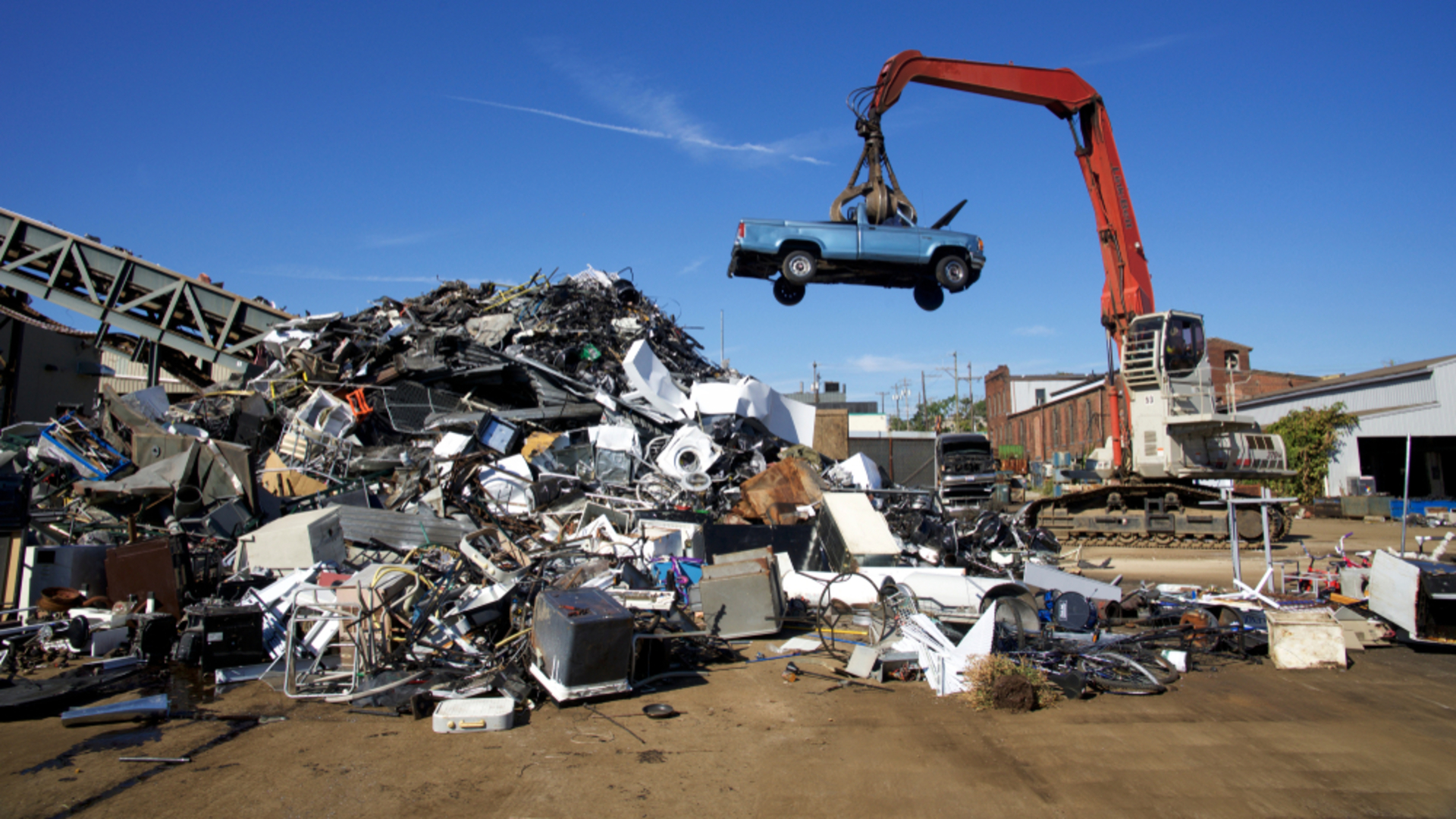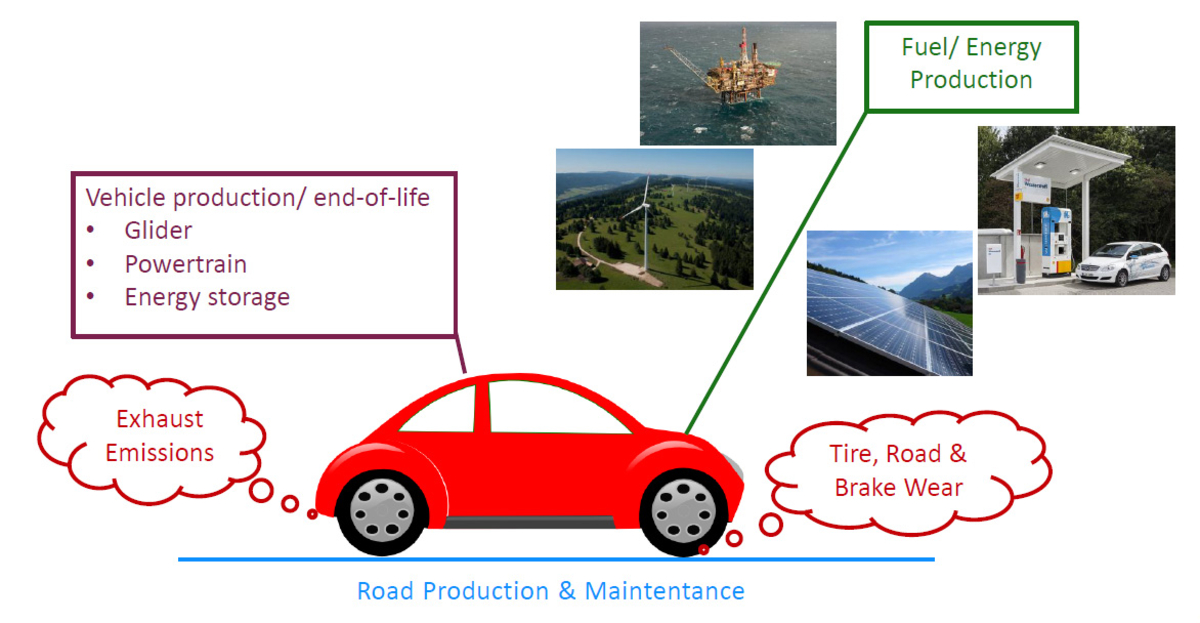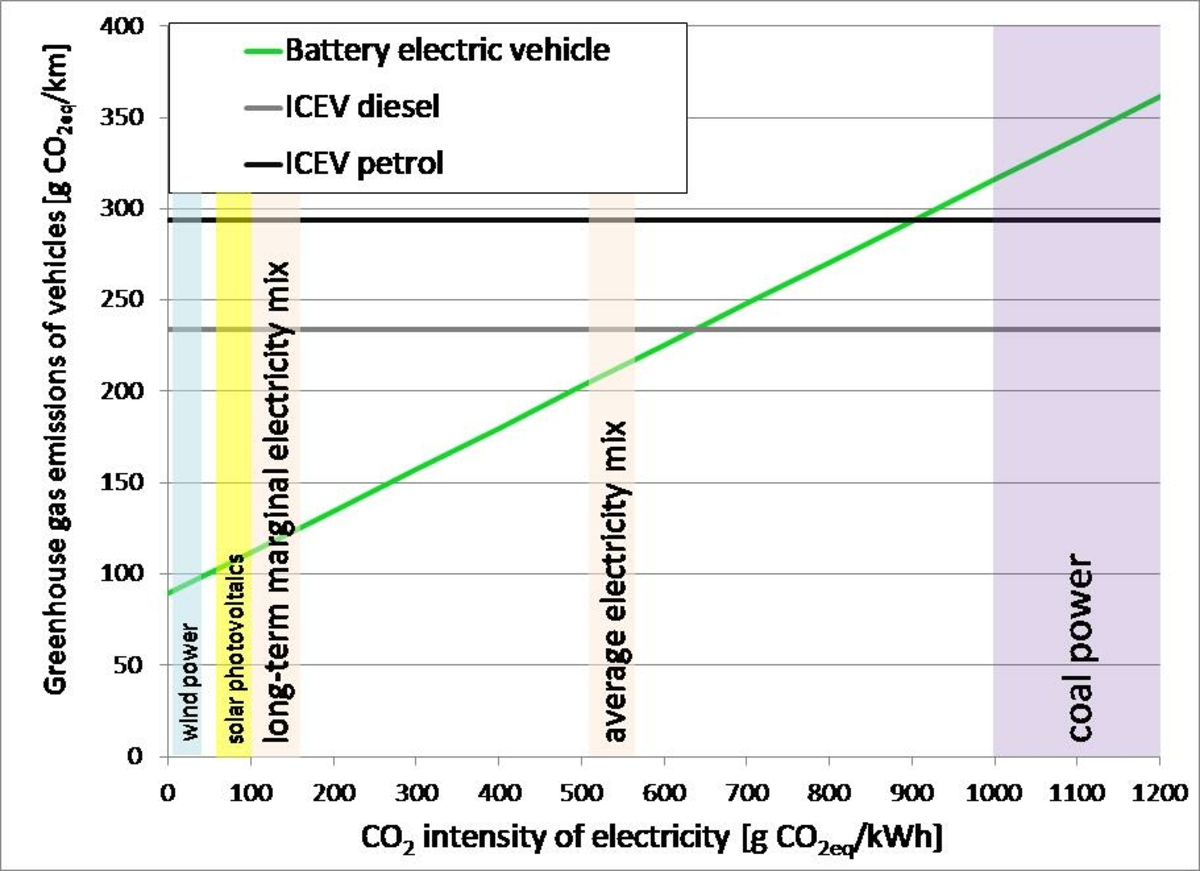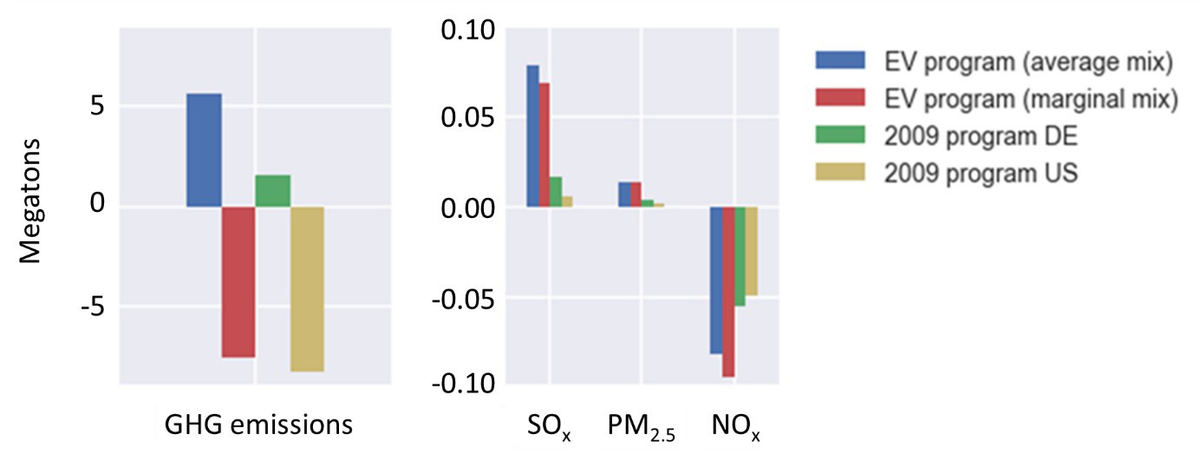
Can scrappage schemes that only support electric vehicles reduce emissions?
In the wake of the Covid-19 recession, policymakers provide subsidies to buy green cars conditional on scrapping old ones. The policy aims at two goals: 1) Stimulating vehicle industry by increasing sales of new vehicles, and 2) Improving environmental quality as an effect of reduced emissions of new vehicles compared to scrapped ones thanks to increasingly strict emission standards over time. There are, however, concerns that such scrappage programs show adverse environmental effects, if evaluated from a comprehensive life-cycle perspective that accounts not only for emissions from the operation of cars, but also for those associated with the production and disposal of vehicles.

Obviously, if more new vehicles are sold, these need to be produced and such increased production will lead to additional environmental burdens. Therefore, the question is whether these additional, production related emissions, can be overcompensated by the reduced exhaust emissions of the new vehicles. This concerns both CO2 emissions – new vehicles tend to exhibit a higher fuel efficiency – and air pollutants, since new vehicles are subject to lower emission limits.
In addition, the composition of the electricity mix becomes relevant, if scrappage programs today or in the future aim at accelerating the transition to electric mobility and thus subsidizing battery electric vehicles (BEV). Life cycle greenhouse gas emissions of electric vehicles crucially depend on the CO2-intensity of the electricity used for battery charging.

Our evaluation of a hypothetical program taking place in Germany today with a size similar to the “Umweltprämie” in 2009, replacing 2 million diesel vehicles with BEV in German cities exceeding the NO2 concentration limit, shows the following: While local air quality would profit from such a scrappage program, indirect emissions – those associated with vehicle production – would increase. The reduction in direct NOx emissions would be large enough to offset the increase in indirect emissions by far, while overall particulate matter and SO2 emissions would increase. The effect on greenhouse gas (GHG) emissions crucially depends on the electricity supply considered for BEV charging: only if the additional electricity demand for BEV were covered by low-carbon power generation, prematurely retiring diesel vehicles and replacing those with BEV would reduce overall GHG emissions. This shows that retire-and-replace programs limited to BEV have larger potential for NOx emission reductions than past programs, but to avoid an increase in overall GHG emissions, the additional electricity demand must be met by an electricity mix with substantially less coal power than the current German one.

Main uncertainties with major impact on the results of a potential scrappage program today are the following: 1) The way the additional electricity demand of the new BEV will be supplied; 2) Necessary assumptions regarding annual kilometers driven, the lifetime reduction of the replaced vehicles, vehicle lifetime as such and fuel economy improvement; 3) Whether the trend of switching to smaller vehicle segments as observed in past programs would manifest again.
Key findings and policy implications
- Vehicle scrappage programs show clear benefits in terms of local air quality in areas with heavy traffic.
- Such benefits can also be observed from a life cycle perspective for NOx emissions and under specific circumstances for GHG emissions.
- Scrappage programs are most effective from the environmental point of few, if they remove the oldest, most polluting fraction of the fleet and if they promote only clean, preferably electric vehicles.
- Scrappage programs aiming at accelerating the transition towards e-mobility are most beneficial under the condition that additional electricity for BEV is supplied by low-carbon generation.